Takis Binis arrived on the rebetiko scene in Athens in the late 1940s and developed as an international star, with success first in Greece and then in the U.S.
His distinctive voice and the duets he sang helped define the sound of late rebetiko and the emergence of bouzouki-driven laiko music in the 1950s and ’60s.
Binis was born in Thessaloniki in 1923 to a refugee family from Asia Minor, and spent two periods of his youth incarcerated, first in detention centre by the Metaxas dictatorship for refusing to join the National Youth Organization, and then in a concentration camp during the occupation by Germany for acts of sabotage. He escaped from the camp and, after fleeing through the mountains, arrived in Piraeus by boat in 1944.
He had had started singing and playing bouzouki in Thessaloniki during the late 1930s; when he arrived in Piraeus he begun performing small clubs. He moved to Athens in 1946, where he played with the greats of the era. He made his first recording in 1950. According to discogs.org, he recorded at least eight songs in 1950 and appeared on record regularly after that, singing with Stella Haskil and others.
In 1958, he moved to the United States, where he continued to perform and record until he returned to Greece in 1983. He cut his last album in 1988.
Beautiful woman from Piraeus was performed with Sevas Hanum (real name Sevasti Papadopoulou). It was written by Kostas Kaplanis, with lyrics by Dimitris Gogos, and was recorded in 1952.

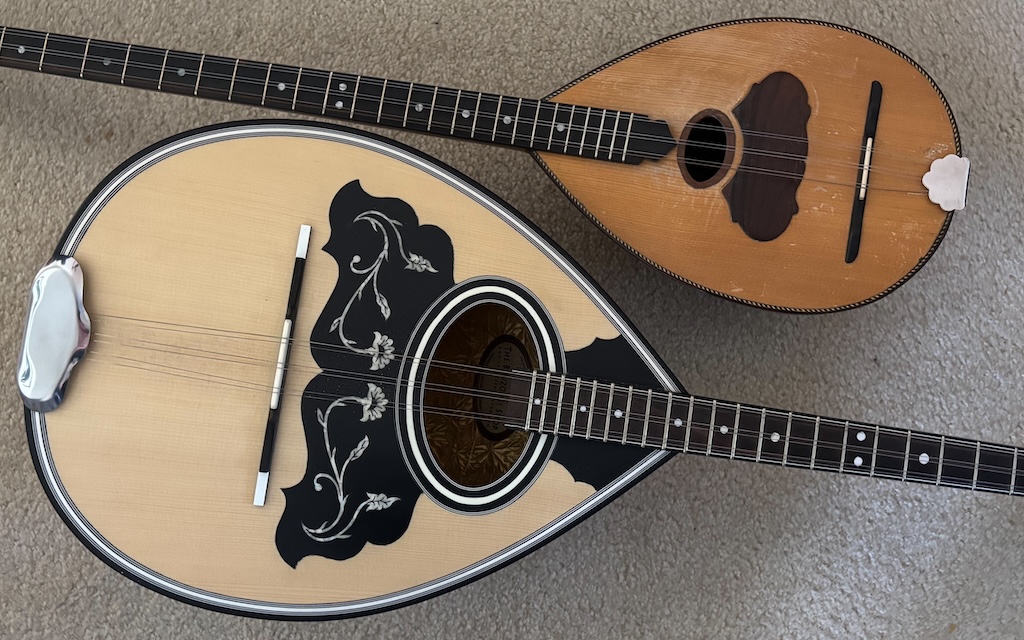
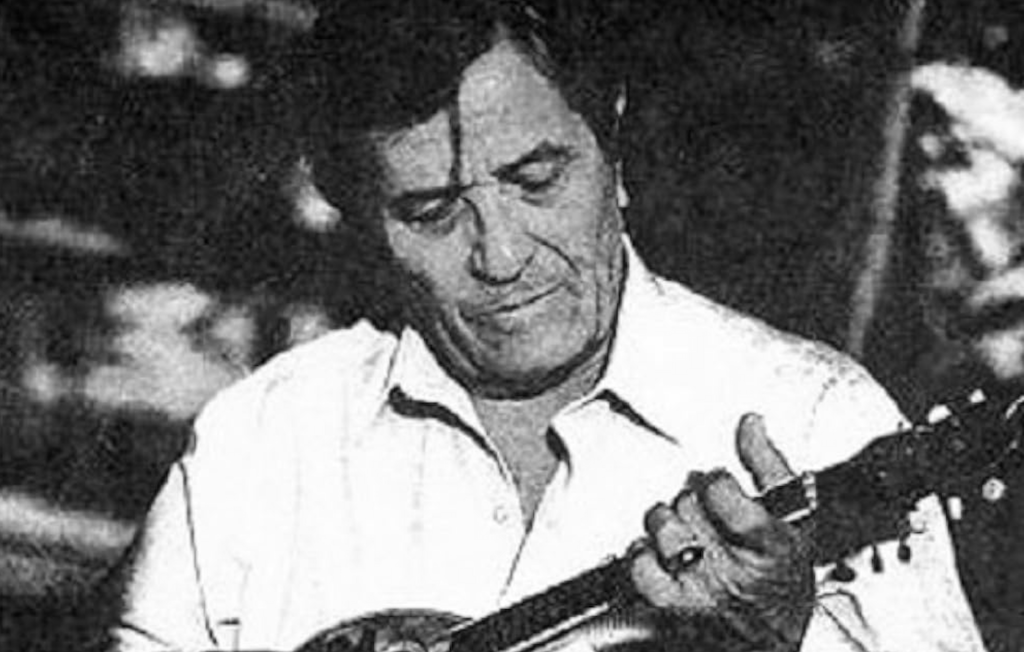

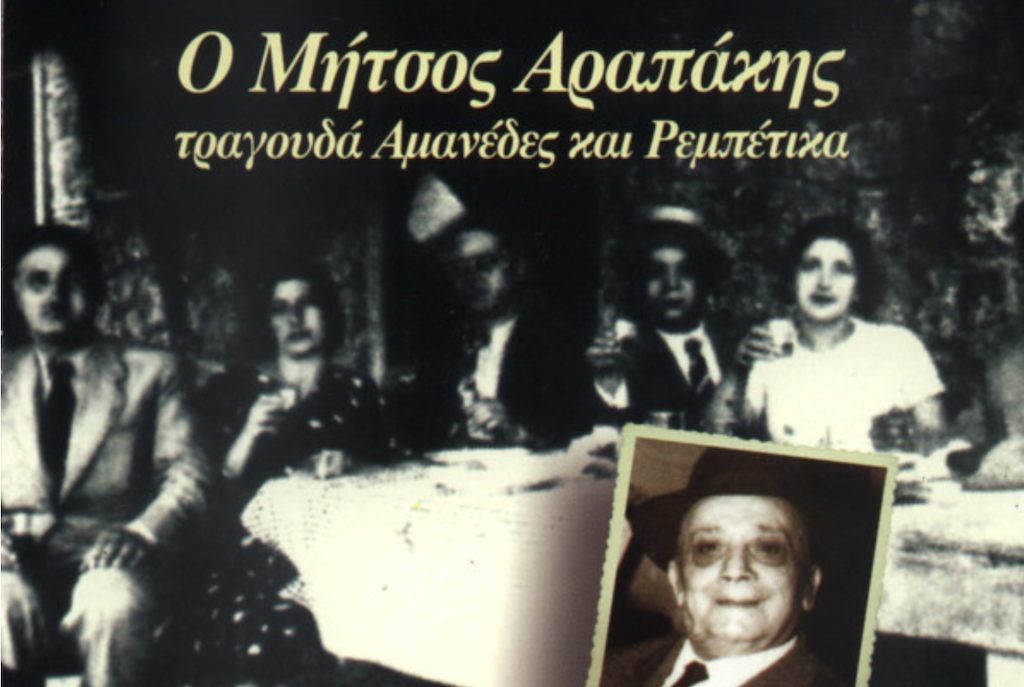
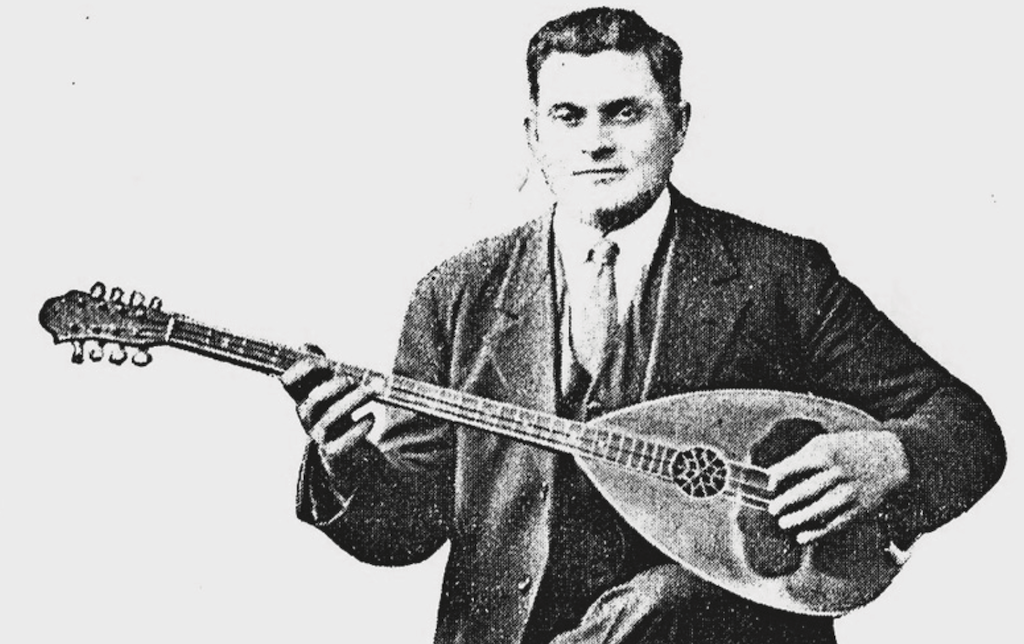

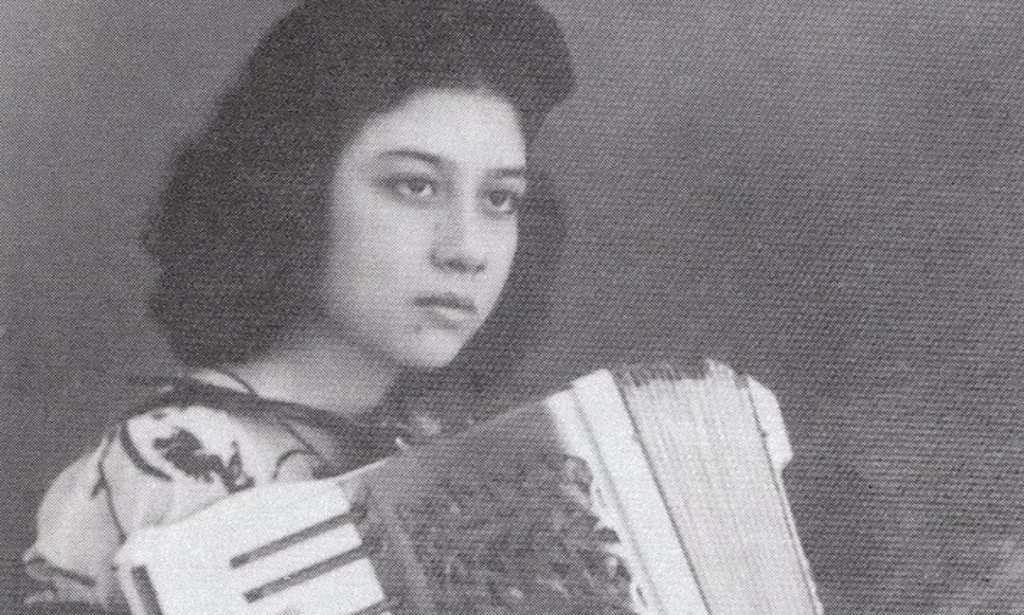
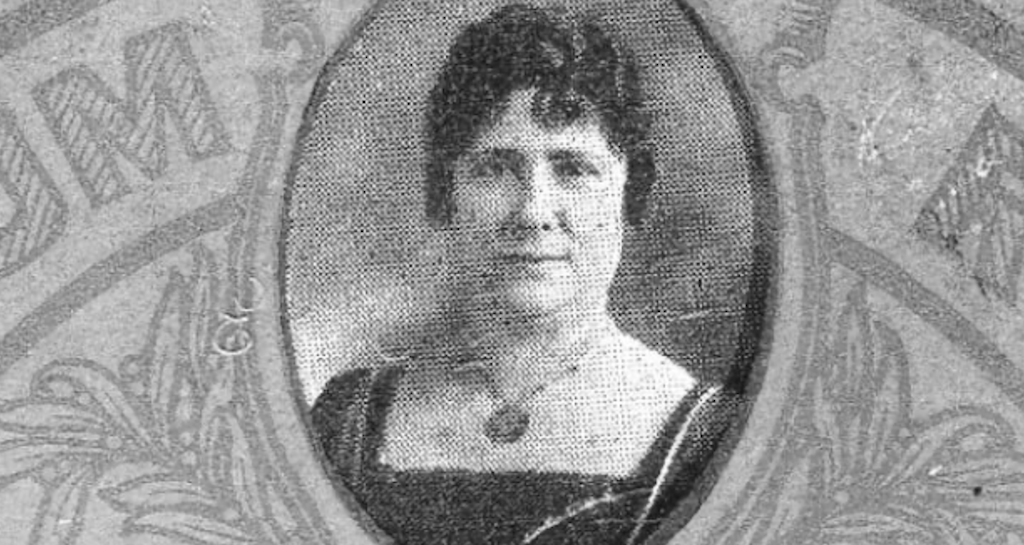
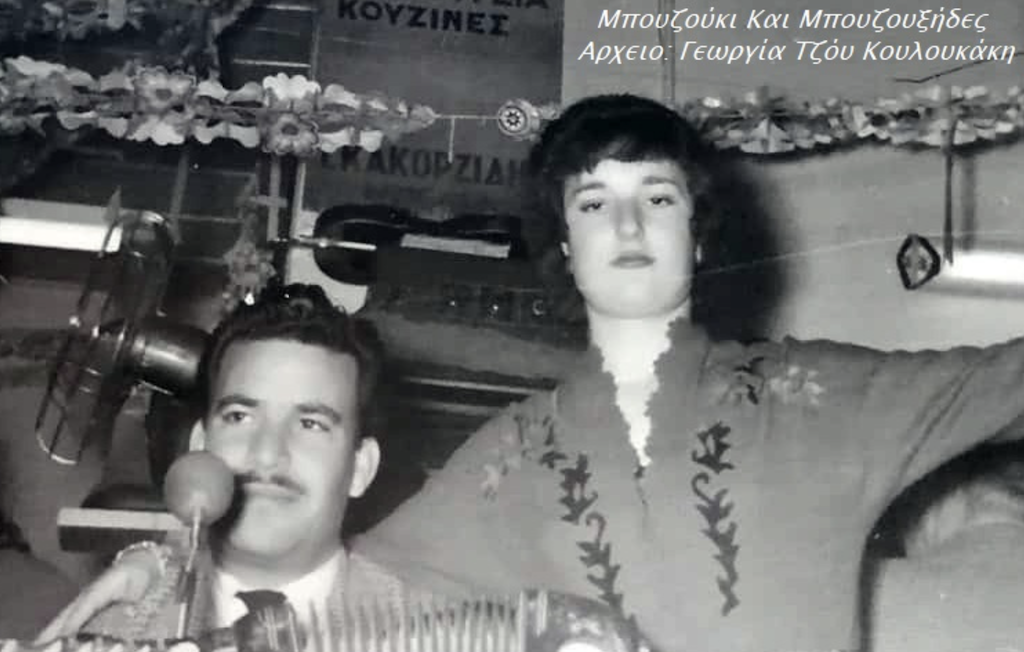

Leave a Reply